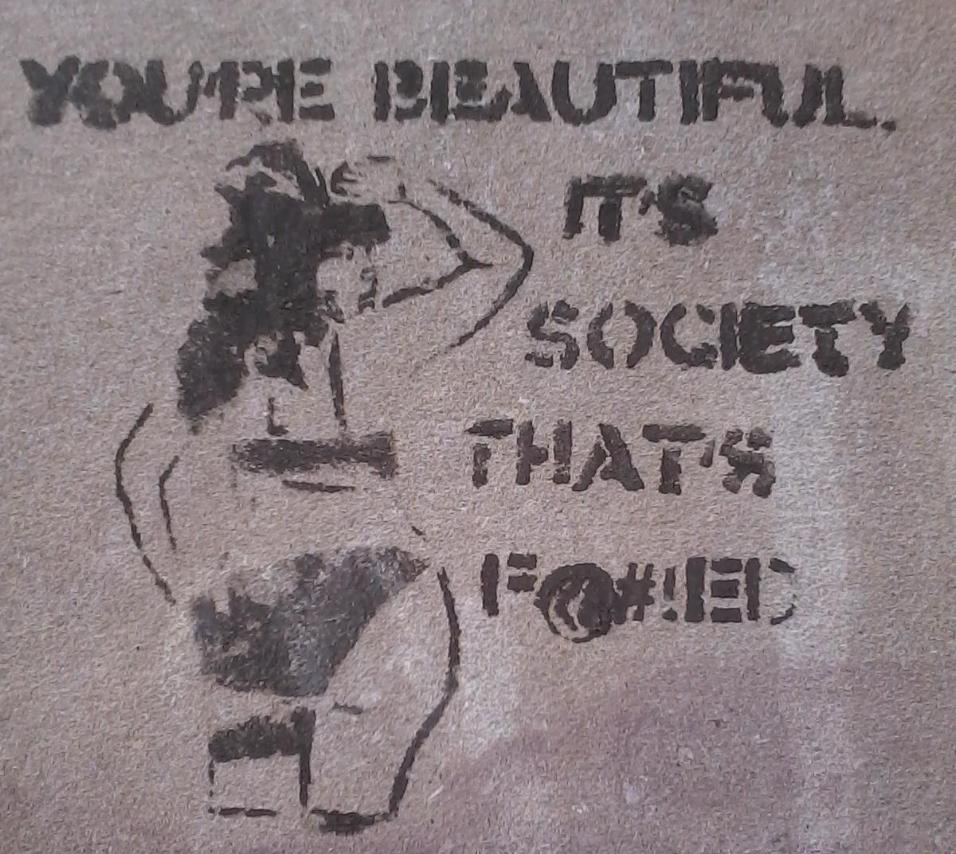What is the Feminist Art Movement?
The feminist art movement was birthed during a time when anti-war demonstrations, as well as civil and queer rights movements, were abundant. These movements and demonstrations combined to created a ripe atmosphere in which the feminist art movement could flourish.
Details